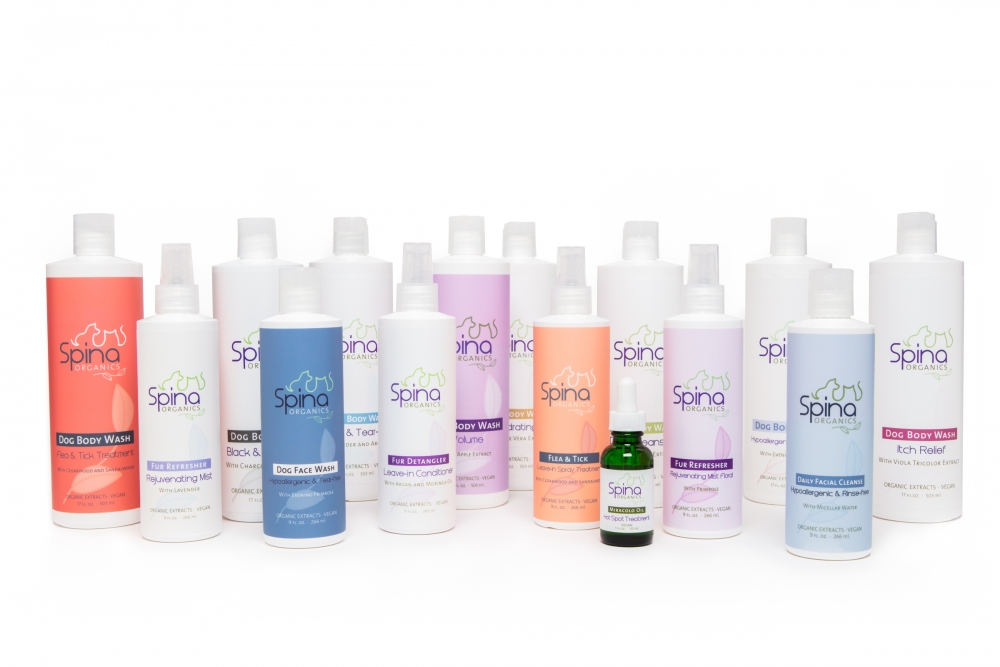Sponsored by Redbarn Pet Products
Redbarn Pet Products has been a trusted brand since 1996 delivering the highest quality ingredients to pets everywhere. Redbarn was started by lifelong friends, Jeff and Howard, their initial goal was and continues to be to make high quality, innovative food and treats at competitive prices. They strive to provide you the highest level of customer service possible and conduct business with integrity and respect.
Redbarn Pet Products has been a trusted brand since 1996 delivering the highest quality ingredients to pets everywhere. Redbarn was started by lifelong friends, Jeff and Howard, their initial goal was and continues to be to make high quality, innovative food and treats at competitive prices. They strive to provide you the highest level of customer service possible and conduct business with integrity and respect.
The Official Treat Sponsor for Dogs4Diabetics!
Dogs never cease to amaze us! They offer companionship, bring joy into our lives and are always wanting to keep their humans happy. Being a dog owner and working with dogs can be so rewarding.
Service dogs do incredibly important work and a lot goes into training the service dogs you may see out in public. Every working service dog you see has not only gone through a thorough training process, but they have puppy raisers and trainers behind them who have dedicated their time to getting the dogs through to their career as a working dog. We are always so impressed with service dogs and their trainers and how hard they work!
Redbarn Pet Products is proud to support Dogs4Diabetics, a nonprofit in California focused on raising and training medical-alert services dogs for people with Type 1 Diabetes. Redbarn has recently been named their official treat sponsor and will be supplying them with treats for all of their training needs! Here is what they had to say about their newest treat line and working with service dogs.
What are Protein Puffs and why is it a good choice for pet owners?
Redbarn’s Protein Puffs are an innovative, tasty, and a healthy treat, available for dogs and cats. Packed with 75 percent protein derived from the same grade of whey caseinate— an ingredient commonly used in health products like protein shakes and protein bars— and essential amino acids, Protein Puffs support muscle development and transporting nutrients throughout the body. And at less than one calorie per treat and baked without the use of artificial flavors, colors, or preservatives, this high-quality treat is ideal for training, everyday rewards, or as a kibble topper.
What are the benefits of this product for pets and pet owners?
What are the benefits of this product for pets and pet owners?
- Made in the USA
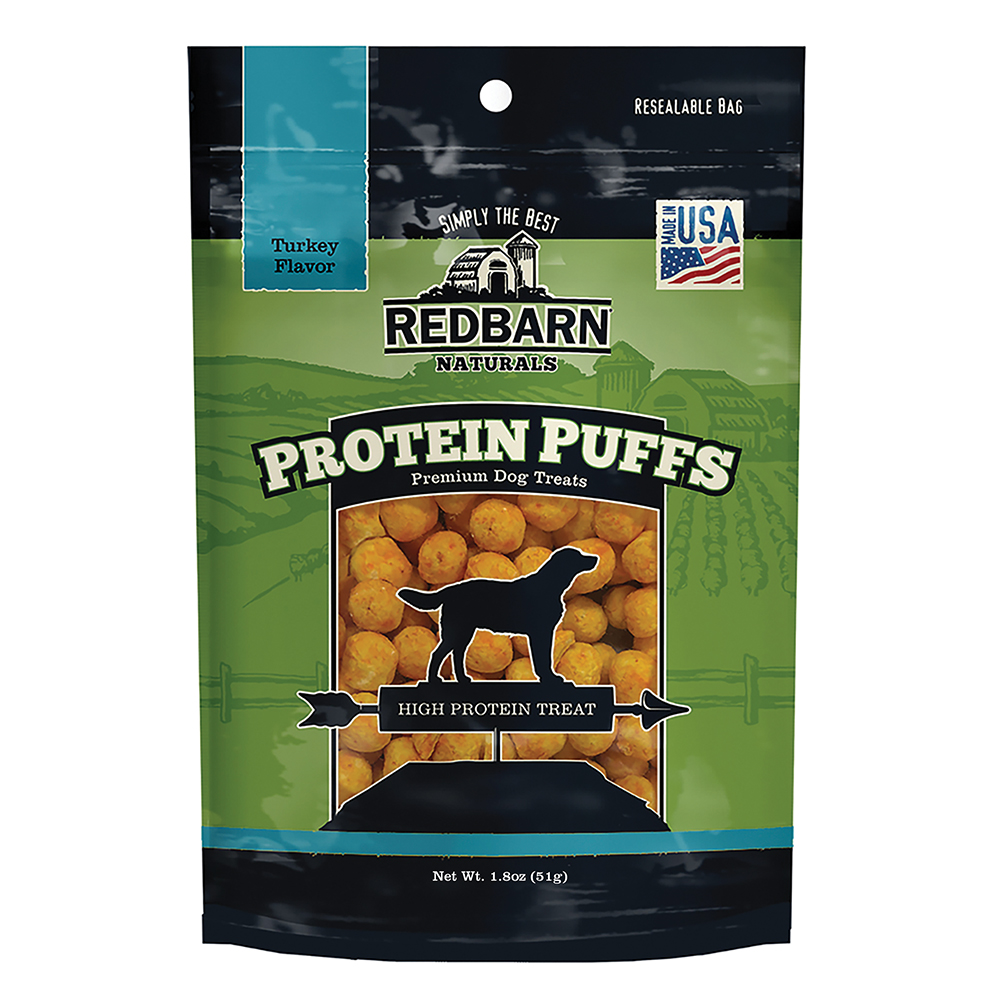
- High Protein Treat
- Low Fat
- Grain-Free and Gluten-Free
- Less than 1 Calorie Per Treat
- Free From Artificial Preservatives, Flavors, or Colors
- Free From Wheat, Corn, Soy
- Highly Digestible Treat
- Excellent Source of Balanced Amino Acids
- Non-GMO
- Suitable for All Life Stages
What makes Protein Puffs so unique? How does it stand out in comparison to similar products?
Forming an exclusive partnership with one of the largest caseinate suppliers in the world, Redbarn's Protein Puffs are a unique treat that focuses on a progressive health and wellness mindset for pets. The tasty combination of natural ingredients and protein are baked without artificial preservatives, flavors, or colorings. So crunchy and light you will hear the delight pets have after every bite.
How does this product reflect the values and goals of your organization?
How does this product reflect the values and goals of your organization?
Health and wellness is the main driver of innovation at Redbarn, and Protein Puffs are a perfect example of this in action. Creating a high protein, low-calorie treat that is all natural and made in the USA meets numerous needs of today's’ pet parents. This is especially true for dog parents looking for an effective training treat, ensuring their pups stay nourished when edible incentives are used to learn and repeat certain behaviors.
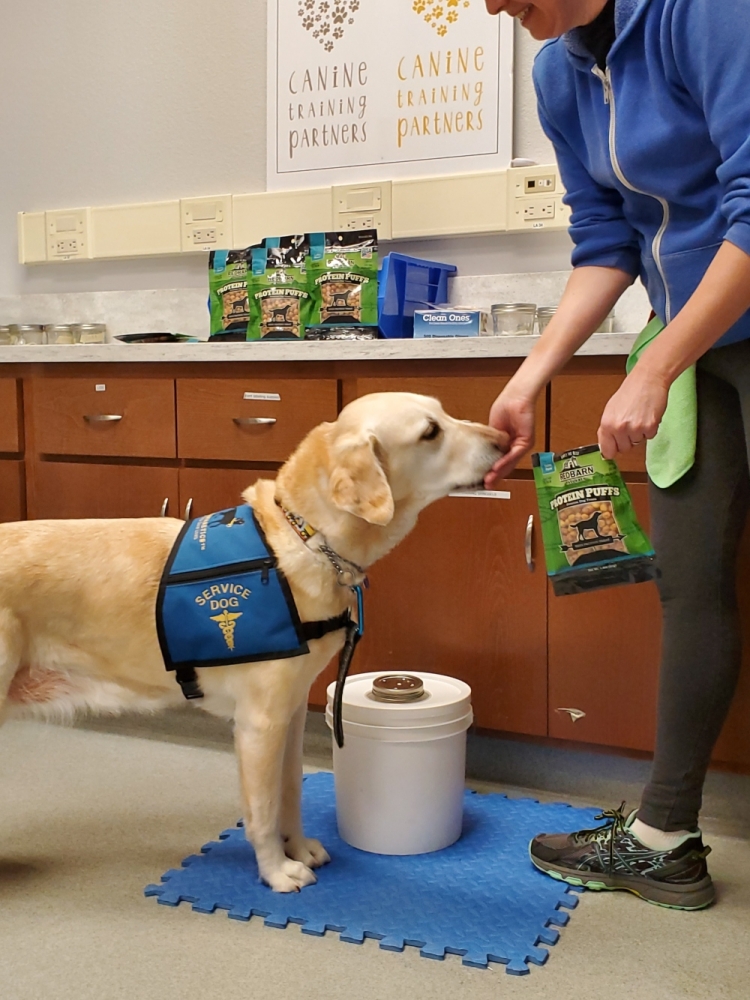 Redbarn is honored to partner with Dogs4Diabetics, who recently named Redbarn their Official Treat Sponsor. Through this new partnership, Redbarn will provide Dogs4Diabetics with an ongoing monthly supply of Protein Puffs. These treats will be used to help scent-train service dogs to detect changes in blood sugar 20 to 30 minutes before the latest technology on the market would, and alert their owners accordingly.
Redbarn is honored to partner with Dogs4Diabetics, who recently named Redbarn their Official Treat Sponsor. Through this new partnership, Redbarn will provide Dogs4Diabetics with an ongoing monthly supply of Protein Puffs. These treats will be used to help scent-train service dogs to detect changes in blood sugar 20 to 30 minutes before the latest technology on the market would, and alert their owners accordingly.
"Dogs4Diabetics is an amazing organization and we're honored to play a part in helping train the service dogs that support the diabetic community," said Howie Bloxam, co-founder of Redbarn Pet Products. "Our Protein Puffs are light and airy, low in calories and packed with protein, providing an optimal reward for good behavior during training sessions. We're looking forward to sharing these treats in support of this important initiative for years to come."
Dogs4Diabetics is committed to ethical and industry-leading standards in its training, and also makes sure its service dogs are mature, socialized, and skilled in basic obedience prior to finding these dogs their forever home. For more information on the nonprofit, visit www.dogs4diabetics.com!
How much do Protein Puffs cost, and how can pet owners find out more about this product?
To learn more about Protein Puffs visit redbarn.com. They are available in peanut butter, cheese, and turkey varieties for dogs and salmon, turkey, and chicken varieties for cats.


 Spot, an on-demand dog walking service that guarantees a walk within 90 minutes. This service is a dream come true for every busy dog owner!
Spot, an on-demand dog walking service that guarantees a walk within 90 minutes. This service is a dream come true for every busy dog owner!



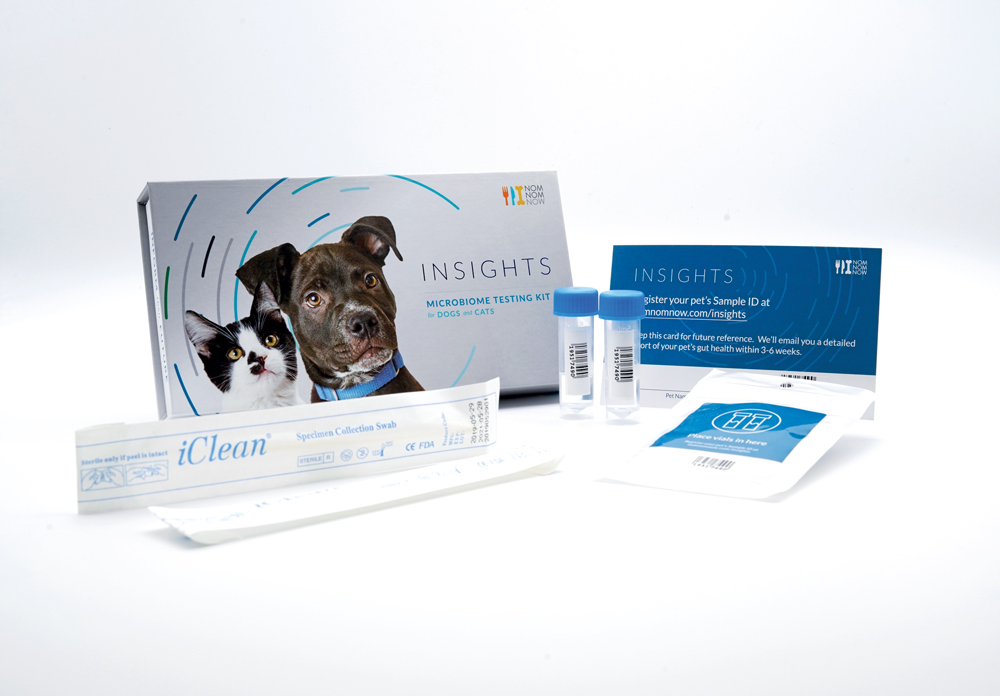


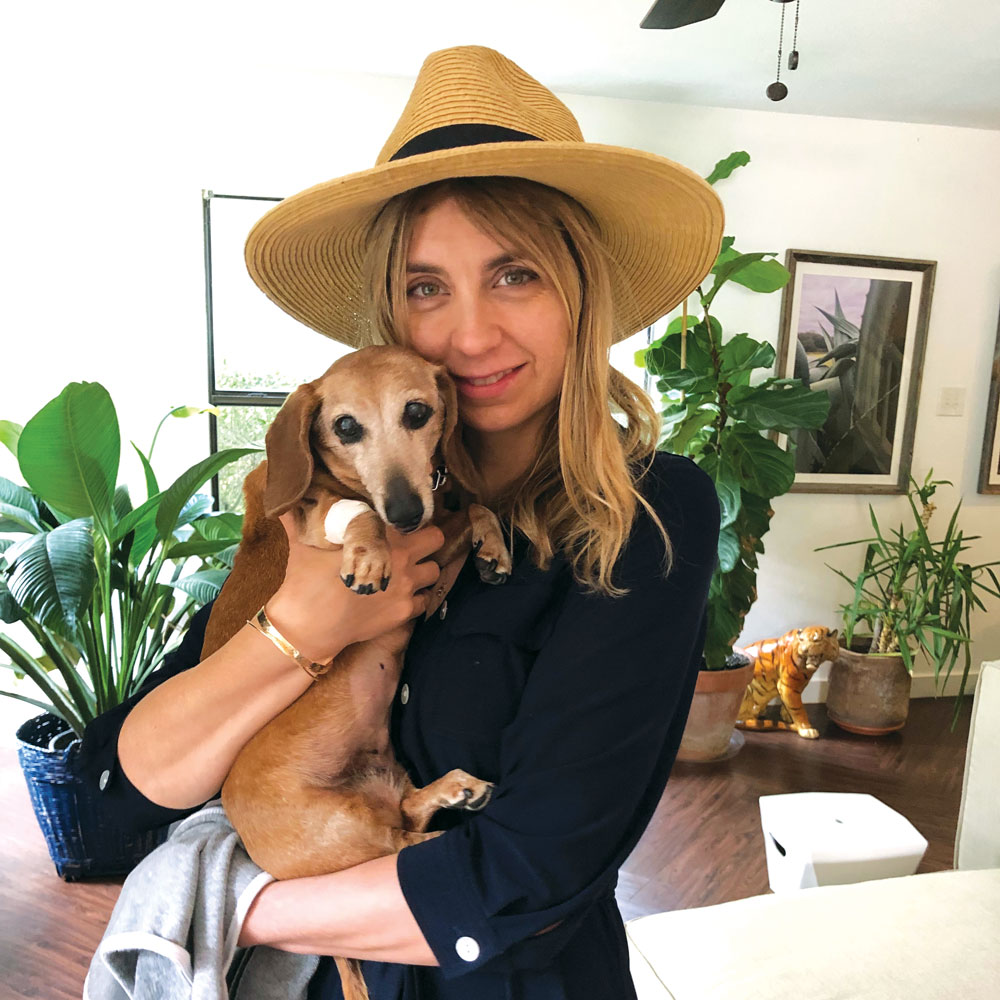
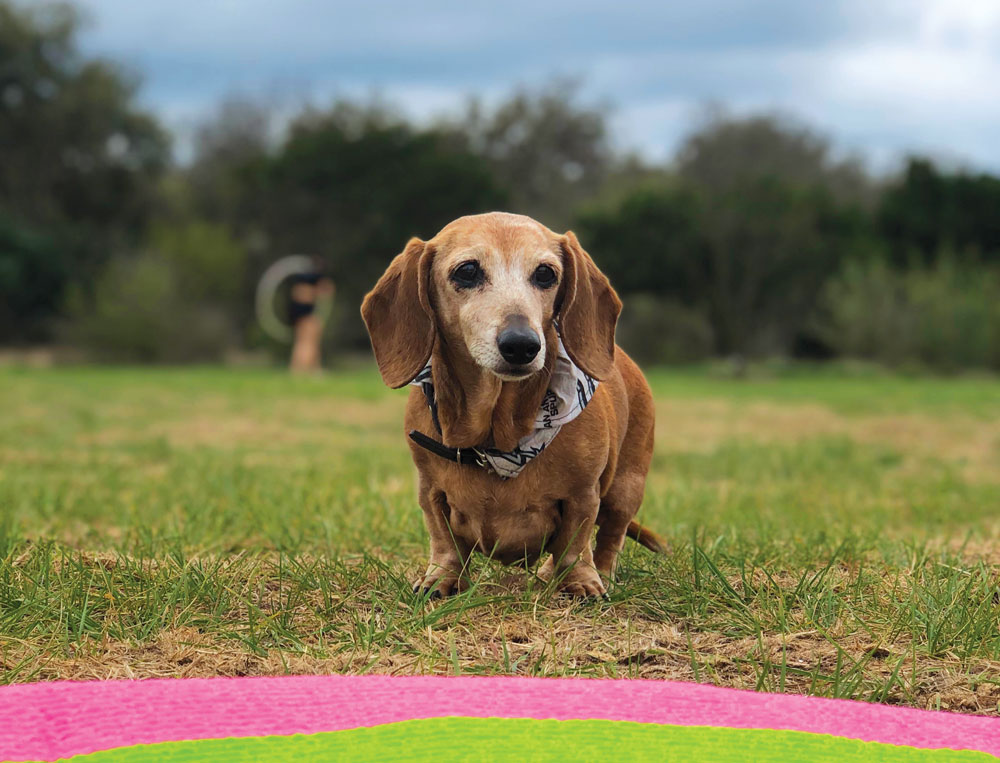

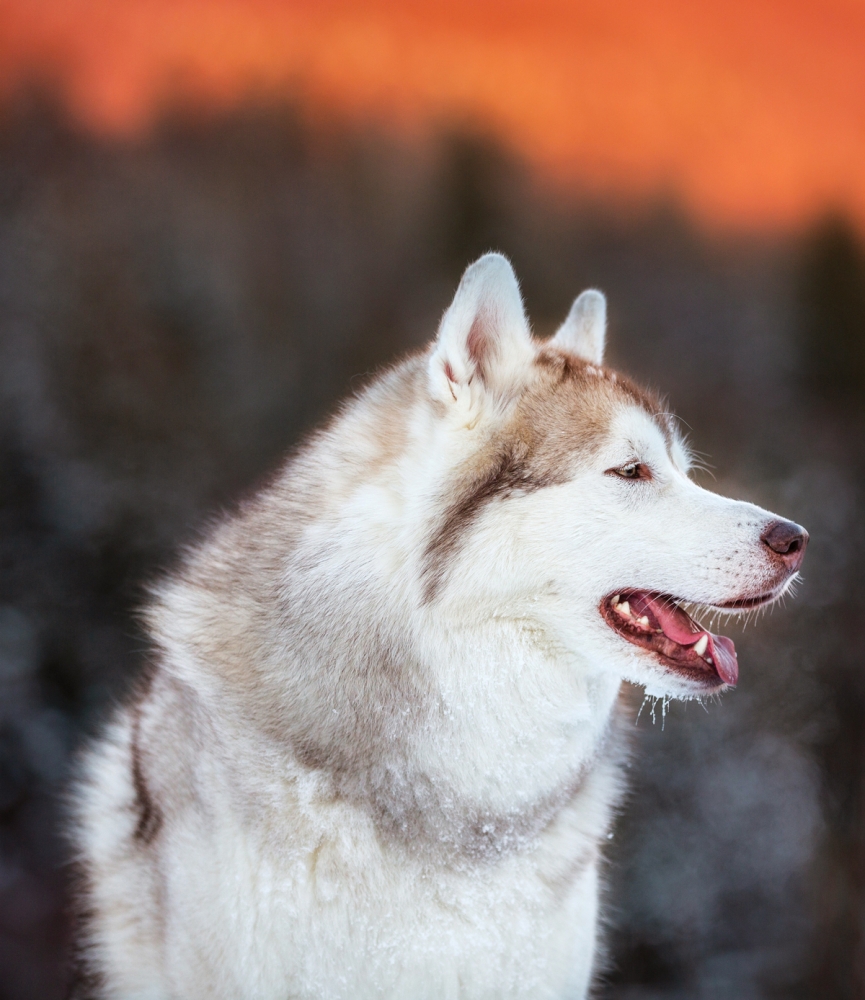
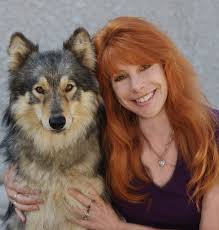 * Nicole Wilde is an internationally recognized, award-winning author and lecturers, as well as a professional canine behaviour specialist and Certified Professional Dog Trainer (CPDT-KA). Her 11 books include Don’t Leave Me, Help For Your Fearful Dog, and Keeping the Peace: A Guide to Solving Dog-Dog Aggression in the Home.
* Nicole Wilde is an internationally recognized, award-winning author and lecturers, as well as a professional canine behaviour specialist and Certified Professional Dog Trainer (CPDT-KA). Her 11 books include Don’t Leave Me, Help For Your Fearful Dog, and Keeping the Peace: A Guide to Solving Dog-Dog Aggression in the Home. 
